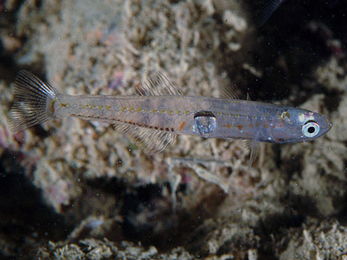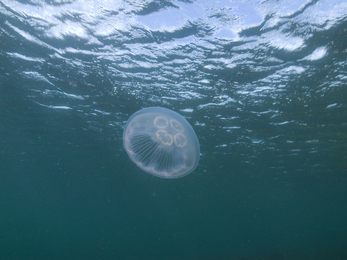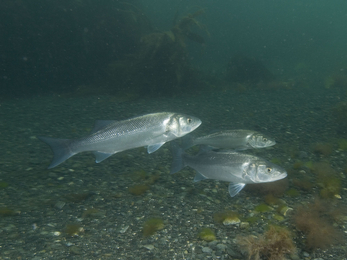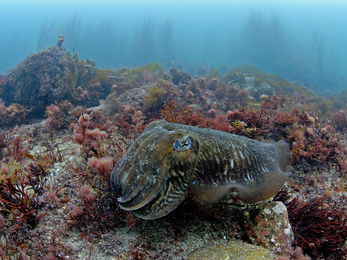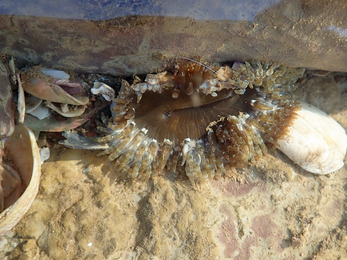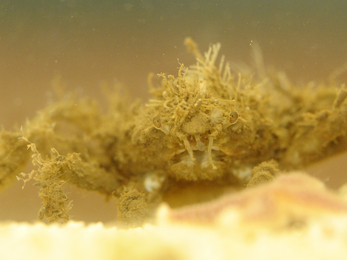In the world of wildlife, the word 'camouflage' can mean a lot of things. It sometimes refers to mimicry, which means being seen but incorrectly identified - think grasshoppers pretending to be dead leaves. The attributes we associate most with camouflage, however, are things which make animals hard to see at all; this is known as crypsis.
While tiger stripes might spring to mind, these sorts of camouflage don't have to come in the form of bold patterns. Equally, some markings that look like camouflage actually serve another purpose; those of the mackerel, for instance, are to help fish in the same school match their movement and speed. Let's take a look at some masters of disguise among our local marine life!


